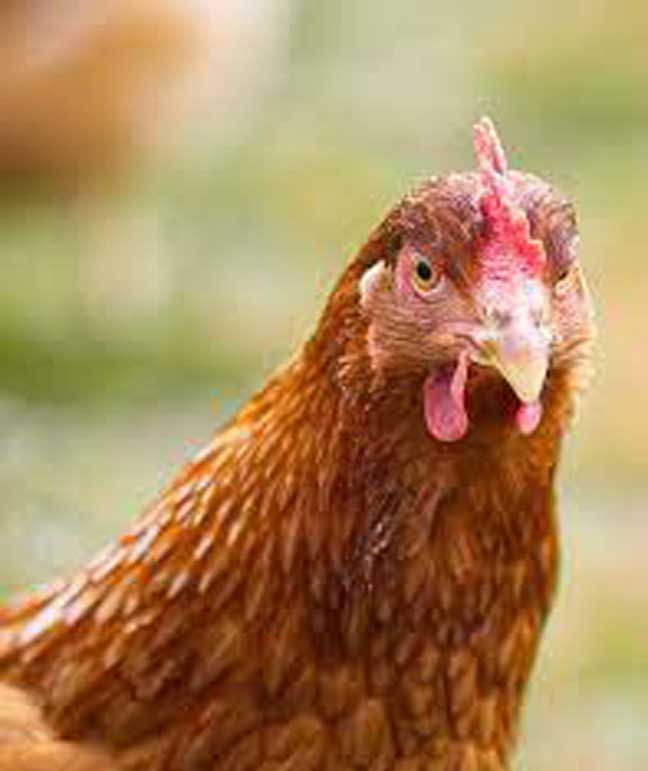Veterinary
Antibiotics are drugs used to treat bacterial infections. They are not effective against viral infections and most other infections. Antibiotics disrupt essential processes or structures in the bacterial cell. This either kills the bacterium or slows down bacterial growth. Depending on these effects an antibiotic is said to be bactericidal or bacteriostatic. The main groups are: agents that inhibit cell wall synthesis, depolarize the cell membrane, inhibit protein synthesis, inhibit nuclei acid synthesis, and inhibit metabolic pathways in bacteria.

Anthelmintics are drugs that are used to treat infections caused by parasitic worms (helminths). There are three major groups of helminths namely: nematodes (roundworms), trematodes (flukes) and cestodes (tapeworms)
Binding to nerves and muscle cells and causing paralysis and eventually death of the parasite
Blocking the transport of glucose by the cells and thus causing paralysis of the parasite
Inhibiting the formation of the young worm from the adult worms

Those indicated for animal trypanosomiasis include: isometamidium, homidium and diminazene, used primarily against Trypanosoma congolense, T. vivax and T. brucei; and quinapyramine, mainly indicated for use against T. evansi infections. If detected early, Trypanosomosis can be treated with trypanocidal drugs for therapeutic and prophylactic purposes.

Examples commonly used in cattle and sheep include meloxicam, ketoprofen, carprofen and flunixin. The drugs can be used by a variety of routes including intravenous, intramuscular and subcutaneous administration. The importance of pain management and the use of nonsteroidal anti-inflammatory drugs (NSAIDs) in animals has increased dramatically in recent decades, and use of NSAIDs in companion animals is routine practice. NSAIDs have the potential to relieve pain and inflammation without the myriad potential metabolic, hemodynamic, and immunosuppressive adverse effects associated with corticosteroids. However, all NSAIDs have the potential for other adverse effects that should be considered in overall management of the inflammatory process. Generally, the classification NSAID is applied to drugs that inhibit one or more steps in the metabolism of arachidonic acid (AA). Unlike corticosteroids, which inhibit numerous pathways, NSAIDs act primarily to reduce the biosynthesis of prostaglandins by inhibiting cyclooxygenase (COX). In general, NSAIDs do not inhibit the formation of 5-lipoxygenase (5-LOX) and hence leukotriene, or the formation of other inflammatory mediators.

Feed supplements are phosphate, calcium and trace mineral mixtures that can be given to grazing animals during the dry or rainy season. They supplement grazing when it is deficient in minerals and trace minerals. feed supplements are those ingredients which are nutrient in nature, supplied in very minute quantity. but feed additives are those ingredients which are non nutrient in nature. all supplements are feed additives but all additives are not feed supplements.
